Affordability. Diversity of choice. Outstanding image quality. These are just some of the incentives Phillip Reeve lists in his "Beginner's Guide to Manual Lenses On The Sony α7" for photographers to give manual lenses a try on their α7 cameras.
Reeve makes some insightful observations about manual lenses being diamonds in the rough. For instance, he points out that the wide range of choices one has when looking for manual lenses provides more interesting options and lenses with "character. He also points out that manual lenses, without the electronic elements of their modern counterparts, are inherently reliable. Reeve goes on to highlight the bang for the buck photographers get when picking up a manual lens.
There are a few things Reeve tells photographers to prepare for when shooting with a manual lens.
You have to do it all yourself. "You have to think about the aperture and set it manually. You have to focus manually" says Reeve.
Be patient. Reeve warns, "after some practice you will find that you can capture almost anything with manual lenses but it isn’t as convenient [as AF]."
Lack of communication between camera and lens. "Because of that your exif information will be incomplete and the camera can’t correct lens defects like distortion, vignetting or chromatic aberrations (CA)."
No image stabilizers in manual lenses. Reeve reminds photographers "this makes photography with the Sony α7 and α7R a little more inconvenient, you have to carry a tripod more often and achieving focus with longer lenses is a bit harder." But wait! He has some good news too: "newer Sony cameras like the Sony α7 II or α7R II feature an integrated image stabilizer which works with manual lenses!"
Read more about the perks of shooting with manual lenses on the Sony α7 series (and some specific lens suggestions) over at phillipreeve.net .
